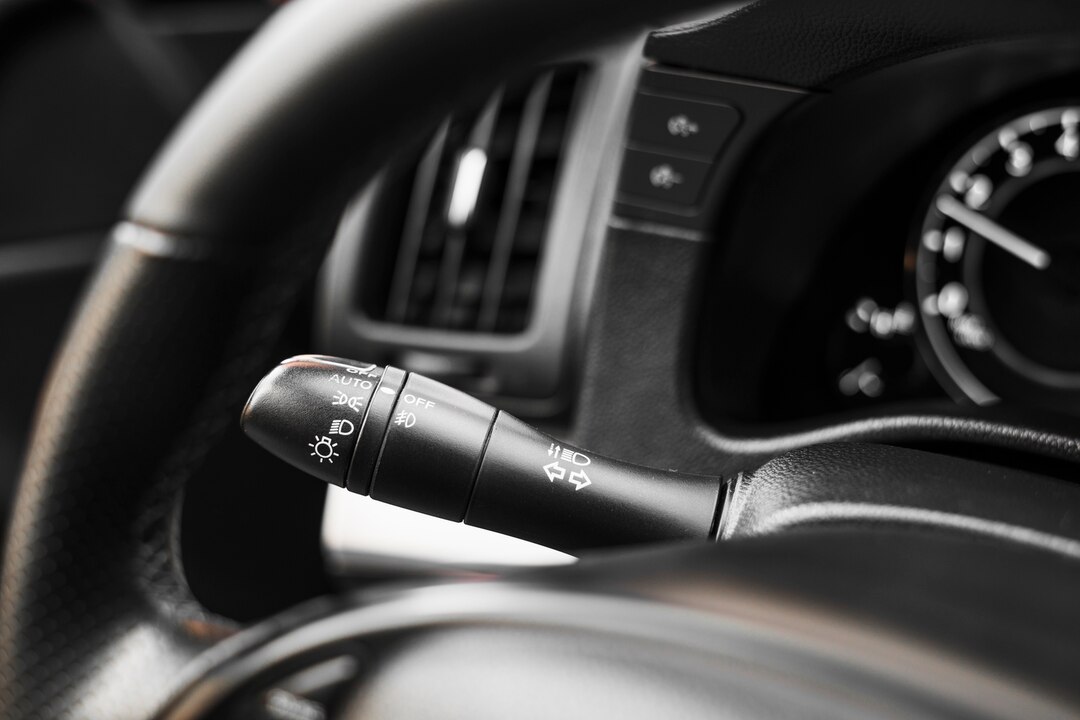Turn signals are a crucial safety feature in any vehicle, signaling your intentions to other drivers and pedestrians on the road. When functioning properly, they provide clear and timely indications of your intentions to turn or change lanes, helping to prevent accidents and promote road safety. However, like any component of a vehicle, turn signals can wear out over time and may require replacement to ensure optimal performance. Here are ten signs that your car turn signals may need replacement:
1. Non-Responsive Signals:
If your turn signals fail to activate when you engage the switch, or if they only work intermittently, it could indicate a problem with the signal relay or the wiring connections. In some cases, a simple bulb replacement may solve the issue, but if the problem persists, it may be time to replace the entire turn signal assembly.
2. Rapid Blinking:
One common indicator of a turn signal issue is rapid blinking or hyper-flashing. This occurs when one of the turn signal bulbs is burnt out or malfunctioning, causing the system to compensate by flashing at a faster rate than normal. If you notice rapid blinking when using your turn signals, it’s a sign that one or more bulbs need replacement.
3. Dim or Flickering Lights:
Dim or flickering turn signal lights can be a sign of a faulty bulb, poor electrical connections, or a failing relay. If your turn signal lights appear dimmer than usual or if they flicker when activated, it’s important to inspect the bulbs and connections for any signs of damage or corrosion.
4. Noisy Relay Clicking:
A clicking sound coming from the turn signal relay can indicate that the relay is worn out or malfunctioning. While some level of clicking is normal when activating the turn signals, excessive or noisy clicking may signal a problem that requires replacement of the relay.
5. Physical Damage to the Assembly:
Visible damage to the turn signal assembly, such as cracks, moisture buildup, or broken lenses, can compromise the functionality of the turn signals and may require replacement. Physical damage can occur due to accidents, road debris, or normal wear and tear over time.
6. Loose or Worn-Out Wiring:
Inspect the wiring connections for your turn signals for any signs of looseness, corrosion, or wear. Damaged or frayed wiring can disrupt the flow of electricity to the turn signals, leading to malfunctions or failures. If you notice any issues with the wiring, it’s essential to address them promptly to prevent further damage.
7. Inconsistent Signal Timing:
If your turn signals exhibit inconsistent timing, such as flashing at irregular intervals or staying illuminated for longer than usual, it could indicate a problem with the signal relay or wiring. Inconsistent signal timing can confuse other drivers on the road and increase the risk of accidents, making it important to address the issue promptly.
8. Burnt-Out Bulbs:
One of the most obvious signs that your turn signals need replacement is burnt-out bulbs. If one or more turn signal bulbs fail to illuminate when activated, it’s crucial to replace them promptly to maintain the visibility and effectiveness of your turn signals.
9. Failed Inspection:
If your vehicle fails a safety inspection due to non-functional turn signals, it’s a clear indication that replacement or repair is needed. Safety inspections are designed to identify and address issues that could compromise the safety of your vehicle on the road, including malfunctioning turn signals.
10. Warning Lights on the Dashboard:
Some modern vehicles are equipped with dashboard warning lights that indicate turn signal malfunctions or failures. If you see a warning light on your dashboard that corresponds to the turn signals, it’s important to have the issue diagnosed and repaired by a qualified mechanic to ensure road safety.
In conclusion, maintaining properly functioning turn signals is essential for safe driving and road visibility. If you notice any of the signs mentioned above, it’s important to address them promptly by inspecting and replacing any faulty components. By staying vigilant and proactive about turn signal maintenance, you can help ensure the safety of yourself and others on the road.











